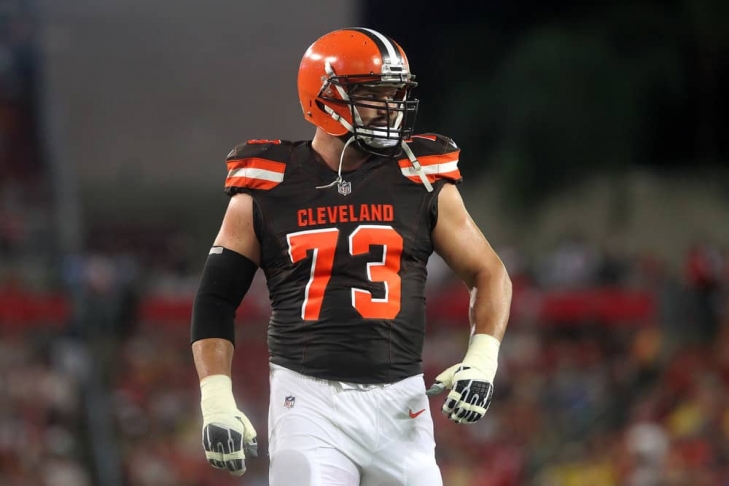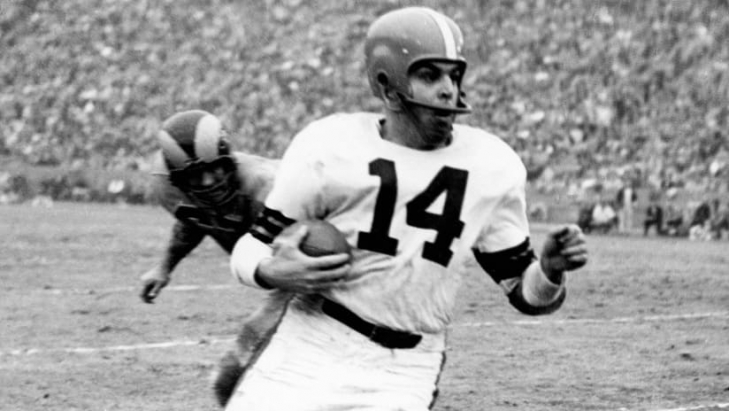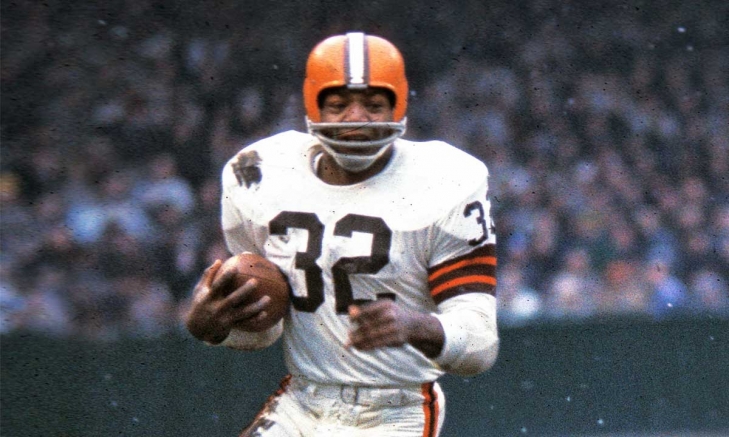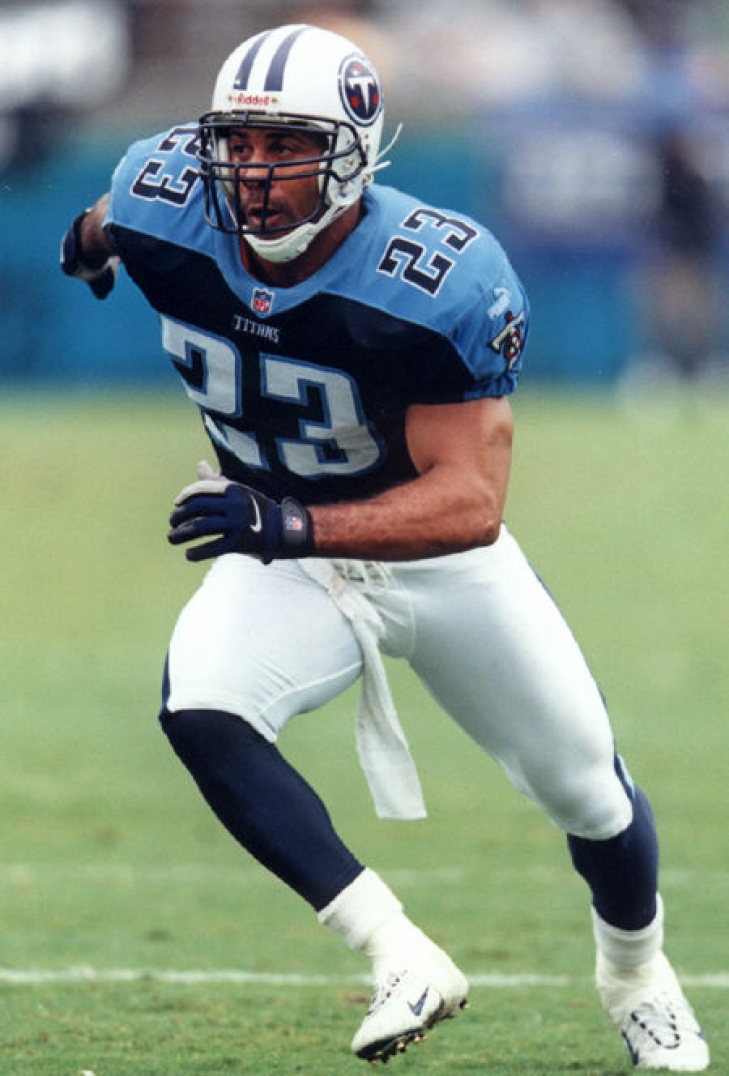
Committee Chairman
3. Joe Thomas
The second incarnation of the Cleveland Browns had a bad start. Going one step further, there is no inaccurate negative pejorative you could use to describe their first 20 years. One thing they universally did perfectly was select Joe Thomas with the Third Overall Pick in the 2007 Draft.
Thomas, who won the Outland Trophy in 2006 with Wisconsin, was an All-Rookie and Pro Bowler at Left Tackle, and he did not miss a play as a rookie. That is impressive enough, but he never missed a snap until the 2017 season, participating in 10,363 consecutive, a record, although that was not recorded until 1999.
Thomas was not just an iron man; he was outstanding at what he did. He was named to six First Team All-Pros and was a Pro Bowler annually from his rookie season (2007) to 2016. An innovator with his shotput style in pass blocking, Thomas was hard for defenders to figure out. He rarely allowed a sack, and even less was called for holding.
Named to the 2010s All-Decade Team, Thomas's Browns teams only won 48 Games to 128 Losses. It is an abysmal record, but where would they have been without him?
Thomas is considered to be one of the best Left Tackles in the history of the game. He was named to the Browns Ring of Honor in 2018.
2. Otto Graham
We believe Jim Brown is the greatest Cleveland Brown of all time, but it was Otto Graham who was the first team legend.
Playing for Northwestern, Graham was the Big Ten Player of the Year in 1943, and he was third in Heisman voting. Following his career as a Wildcat, Graham enrolled at Colgate for flight school, and he continued to participate n athletics, mainly basketball.
Paul Brown was putting together a football team for Cleveland in the new All-American Football Conference, and he looked to Graham to be the centerpiece of his new squad. In the four years of the AAFC's existence, Graham was arguably the league's best player, as the Quarterback meshed perfectly with Brown's offensive vision. Cleveland won all four of the AAFC Championships (1946-49), with Graham leading the league in Passing Yards the last three years. Going into the 1950 Season, the AAFC merged with the NFL, with the Browns being one of the surviving teams. Few people thought they would repeat their success as an NFL team. Graham had other ideas.
Graham took Cleveland to an NFL Championship in 1950, and the QB was now five-for-five. He continued to be one of the top QBs in the first half of the decade, winning two passing titles (1952 & 1953) and earning three UPI MVPs (1951, 1953 & 1955). Graham again led the Browns to two more titles (1954 & 1955), and he retired after the 1955 Season, having won seven titles in ten years.
Graham entered the Pro Football Hall of Fame in 1965, and his number 14 was retired by the team. He was also part of the inaugural Browns Ring of Honor in 2010. The NFL also named Graham to the 1950s All-Decade Team and the 75thand 100th Anniversary Team.
1. Jim Brown
Jim Brown is a football god.
We could end it here, but out of deference to the man we think is not only the most outstanding rusher in the history of the game but the best offensive player ever, we will go through all the reasons why Brown is the best player in franchise history.
An absolute beast at Syracuse, Cleveland was fortunate that Brown was still available with their Sixth Overall Pick in the 1957 Draft. Brown was an instant star in the National Football League, winning the Rushing Title as a rookie and the Offensive Rookie of the Year and MVP. Brown had a signature moment, rushing for a then-record 237 Yards, which stood tall for 14 years.
As Brown’s second year approached, expectations were high, and the Fullback not only met them, he shattered them. Brown rushed for 1,527 Yards, destroying the record, and remember this was done in a 12-game season. He also had a career-high 17 Touchdowns.
Brown played until 1965, and every single year was his gridiron world; everyone else was living in it. Playing nine seasons (all with Cleveland), Brown was a Pro Bowl in all of them and an eight-time First Team All-Pro and eight-time Rushing Title winner. Even in the season, he did not win the Rushing Title (1962); he had career-bests in Receiving Yards (517) and Receiving Touchdowns (5). It is not a miscalculation to say that Brown's ability and playing style changed the game of football forever.
In addition to his MVP as a rookie, Brown won two more (1958 & 1965) and arguably could have won more. While the Browns only had one NFL Championship when he was there (1964), Cleveland went to two more Title Games (1957 & 1965), and his mere presence made the Browns an annual contender.
Perhaps the most impressive stat is that Brown had a career Approximate Value of 121 in 118 Games. Only an elite player can average more than one AV/Game, but remember that Approximate Value was not calculable until 1960, meaning that his 121 AV is only through 82 of his Games!
Brown easily could have continued his career, as he was not yet 30 and was coming off another MVP, but he retired after the '65 campaign and sought a career in Hollywood. He had 12,313 career Rushing Yards, which at the time was easily the most ever. Several players have surpassed Brown since then, but they all needed many more games to do it.
Brown entered the Pro Football Hall of Fame in 1971, and he was named to the 1960s All-Decade Team and 50th, 75th, and 100th Anniversary Teams. Brown's number 32 was retired by the team, and he was named to their Ring of Honor as part of the first group in 2010.
26. Blaine Bishop
From Ball State, Blaine Bishop landed a job with the Houston Oilers, who took the Defensive Back with their Eighth Round Pick. He made the team as a rookie but would win a starter's role in his second season.
As Houston’s starting Strong Safety, Bishop went to his first of three Pro Bowls in 1995, with the streak continuing as the team moved to Tennessee. Bishop secured the fourth one in 2000 and played with the Titans until 2001, accumulating 738 Tackles for the team.





